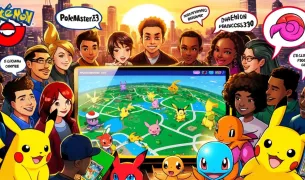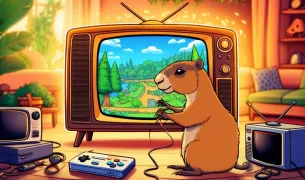Navigating Controversy: Yellowstone's Complex Engagement with Native American Themes
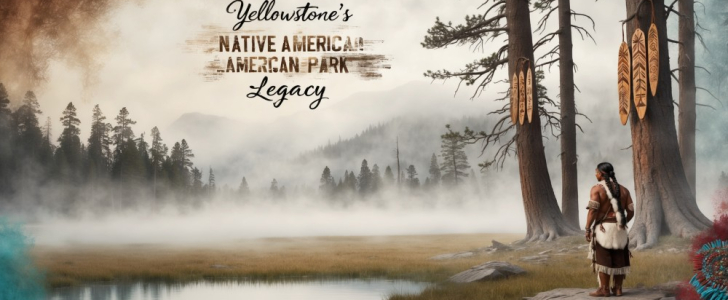
In the realm of television, few shows have sparked as much debate and controversy as Taylor Sheridan's Yellowstone. As it attempts to navigate the nuances of American history, especially regarding Indigenous issues, the series has become a lightning rod for critique from fans and critics alike. The show's narrative choices, particularly its portrayal of Native American characters and themes, have led some viewers to question the integrity and authenticity of the story. One such viewer expressed their incredulity at the plotlines, drawing comparisons to the absurdity often found in satirical comedy series like South Park. This article will explore the different elements of the show that have elicited such reactions, examining its storytelling, depiction of characters, and the broader cultural significance of its narratives.
Understanding the Narrative: A Misguided Perspective
At the heart of the criticism lies the premise that Yellowstone oversimplifies complex issues facing Native American communities. The idea that a tribal chief could use casino profits to 'buy back' land was viewed as both unrealistic and reductive, reducing a much more nuanced subject to a satirical joke.
Cartoonish Elements in Serious Drama
The fan who voiced their frustrations felt that certain storylines in Yellowstone leaned too heavily on caricature. They argued that this approach detracted from the show's potential to engage seriously with its subject matter. Instead of meaningful representation, it seemed to indulge in clichés and tropes that do little to honor Indigenous experiences.
Reinforcing Offensive Stereotypes
This portrayal has raised alarms among some viewers who feel that the show perpetuates harmful stereotypes. By framing land ownership as a trivial pursuit, it risks trivializing the historical injustices faced by Native Americans, obscuring the serious context behind land rights and ownership disputes.
Script Quality: Stale and Overdone
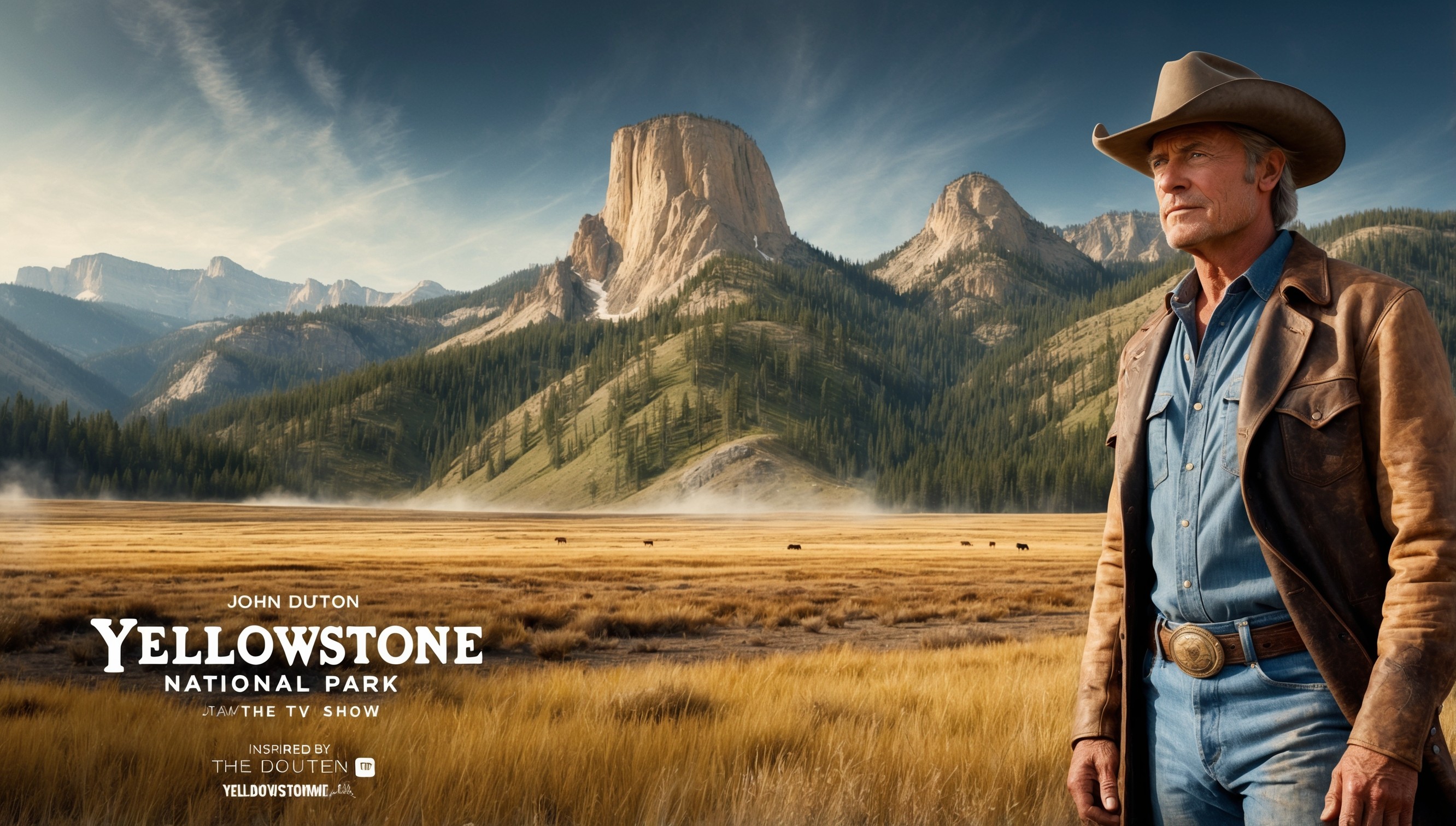
The dialogue and plot developments have also drawn ire, likened to last week’s leftovers—unoriginal and reheated. Fans have noted that the dramatic elements sometimes feel exaggerated to the point where they distract from the narrative’s core messages.
Unabashed Melodrama
In the eyes of some viewers, Yellowstone often prioritizes dramatic spectacle over authentic storytelling. The over-the-top dramatizations have led many to question whether the intent was to shock rather than to evoke genuine engagement with the audience.
A Cowboy's Image: An Irony?
Further complicating the show's authenticity is the image of the cowboy itself, crafted by Sheridan. Critics have pointed out that the creator's background might lend an air of irony to his depiction of rugged cowboy life. How genuine is the portrayal when the creator's life experience is so vastly different from the characters he presents?
A Complex Tapestry of Themes
Despite the criticism, Sheridan insists that the show is not merely a conservative soap opera. He draws attention to the multilayered issues at play, such as Native American displacement, corporate greed, and the impacts of gentrification on the American West.
Addressing the Polarization
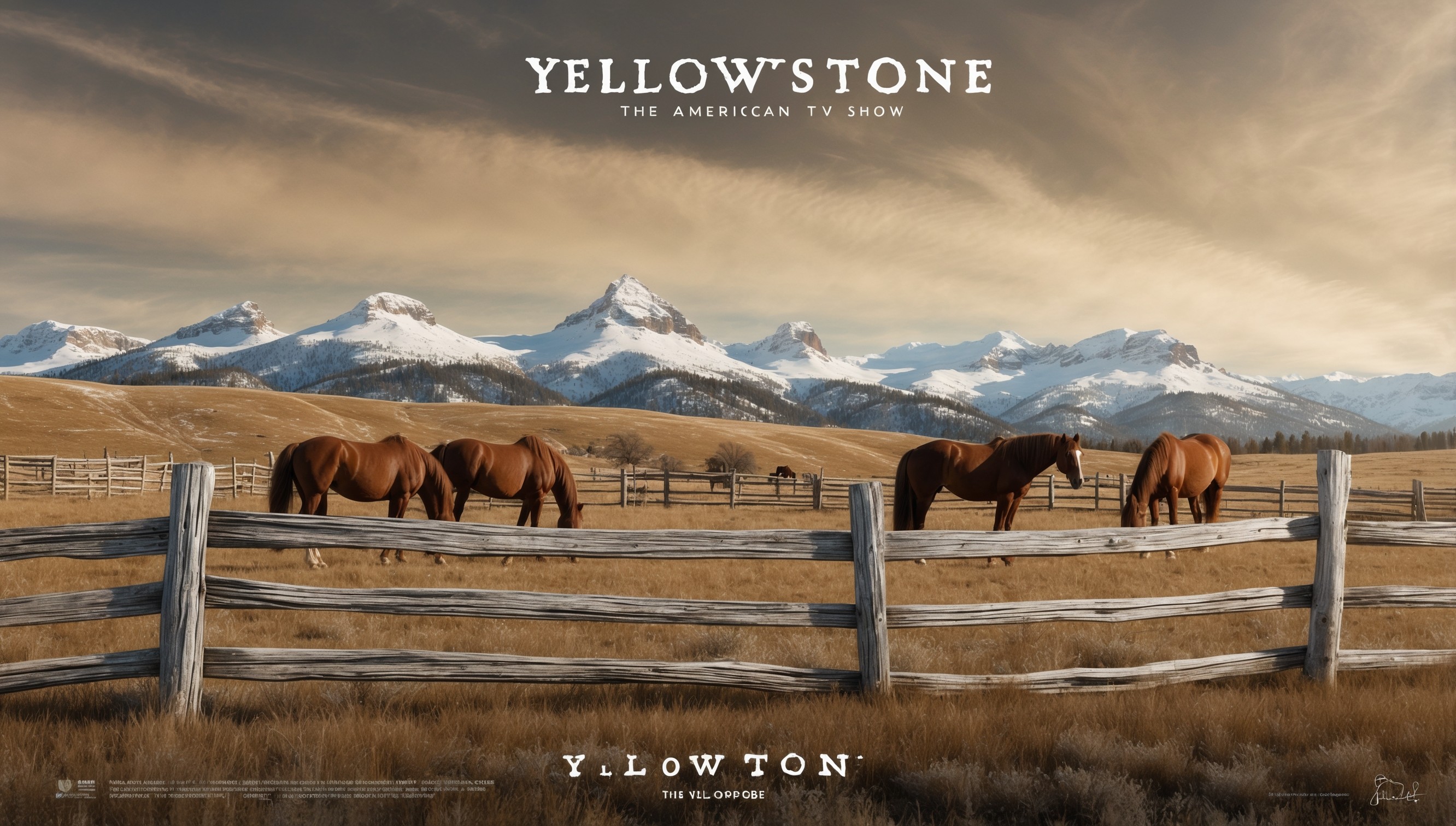
Despite the acclaim and popularity of Yellowstone, the notion of it being categorized as a "red-state" show has puzzled Sheridan. He argues that this label fails to encompass the show's critical examination of themes often overlooked in mainstream narratives.
Provoking Thought: More Than Just Entertainment
Through his storytelling, Sheridan aspires to provoke thought and create dialogue around uncomfortable truths. By tackling subjects like land-grabbing and the historical mistreatment of Native American women, he aims to spotlight issues that should be addressed rather than ignored.
Actress Responses: Not Everyone is Convinced
Even among the cast, opinions vary. Actress Lily Gladstone has openly criticized the show's depiction of Indigenous issues, labeling it as “deplorable.” Such statements underscore the contention surrounding the show's approach to complex narratives.
The Controversial Legacy of Yellowstone
As Yellowstone approaches its continuation with the second part of Season 5 expected in November 2024, the debate around its content remains. The show's legacy as a conversation starter around cultural representation is undeniable.
Streaming Availability and Audience Reception
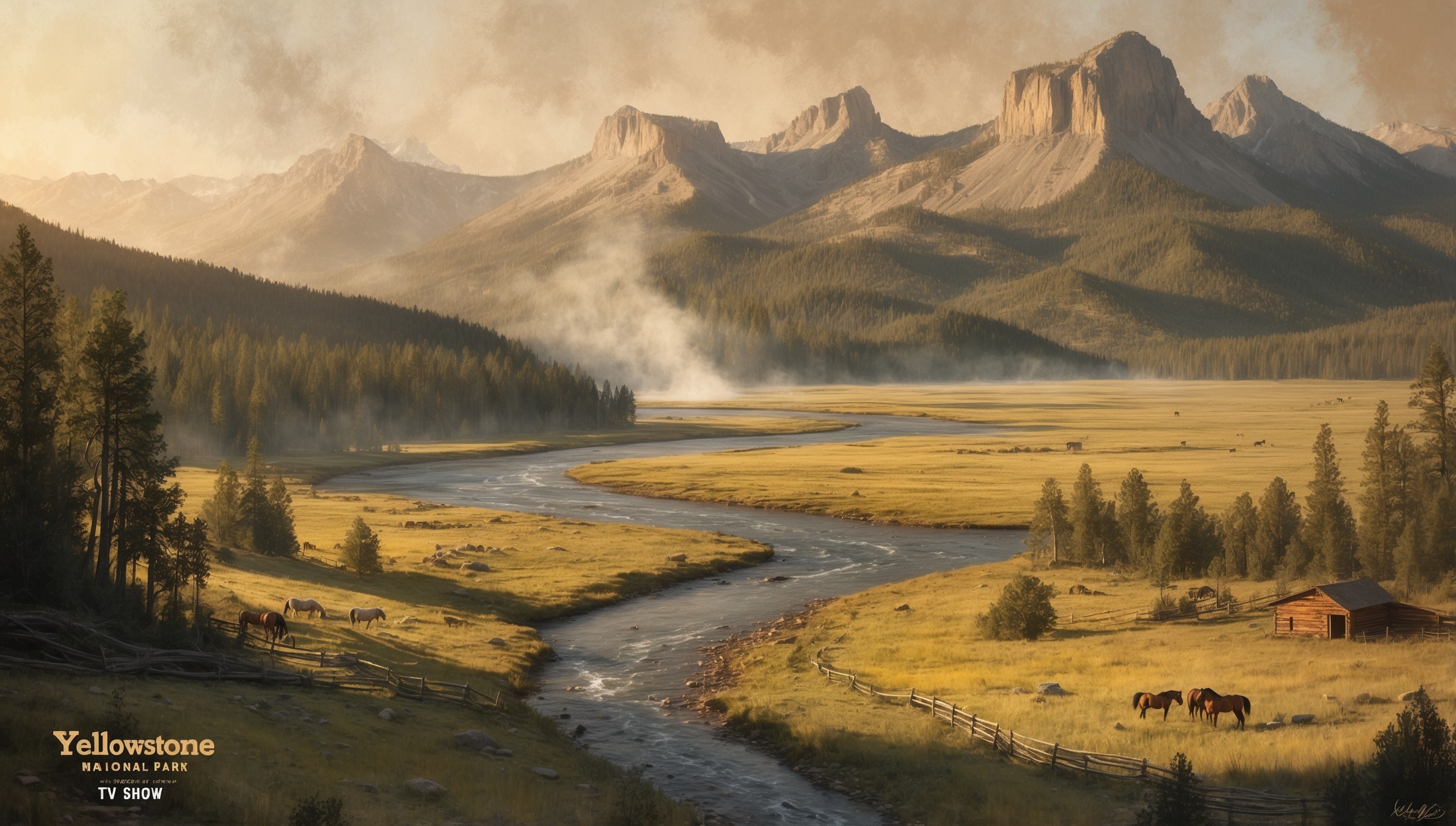
Yellowstone has built a devoted fanbase, contributing to its availability on streaming platforms like Paramount+. Yet, as it attracts viewers with its dramatic flair, the reactions signify that not everyone shares the same enthusiasm for its portrayal of Native American themes.
Thematic Relevance in Modern Context
Interestingly, the themes discussed in Yellowstone transcend beyond mere entertainment, touching on pressing contemporary issues. The historical context of land and identity remains highly relevant in today's discourse on rights and justice for Indigenous communities.
Asking Hard Questions
Ultimately, Yellowstone challenges audiences to confront their understanding of America’s history. By drawing from real tensions and conflicts, Sheridan brings forth a narrative ripe for discussion, leading viewers to contemplate the complexities of identity and land rights in the modern age.
A Show That Stirs Debate
In the end, whether seen as an artistic triumph or a significant misstep, Yellowstone undeniably stirs conversation. The varied perspectives on its portrayal of Native American issues reinforce the need for more authentic storytelling that honors cultural complexities rather than reducing them to mere entertainment.
The Future of Storytelling in Hollywood
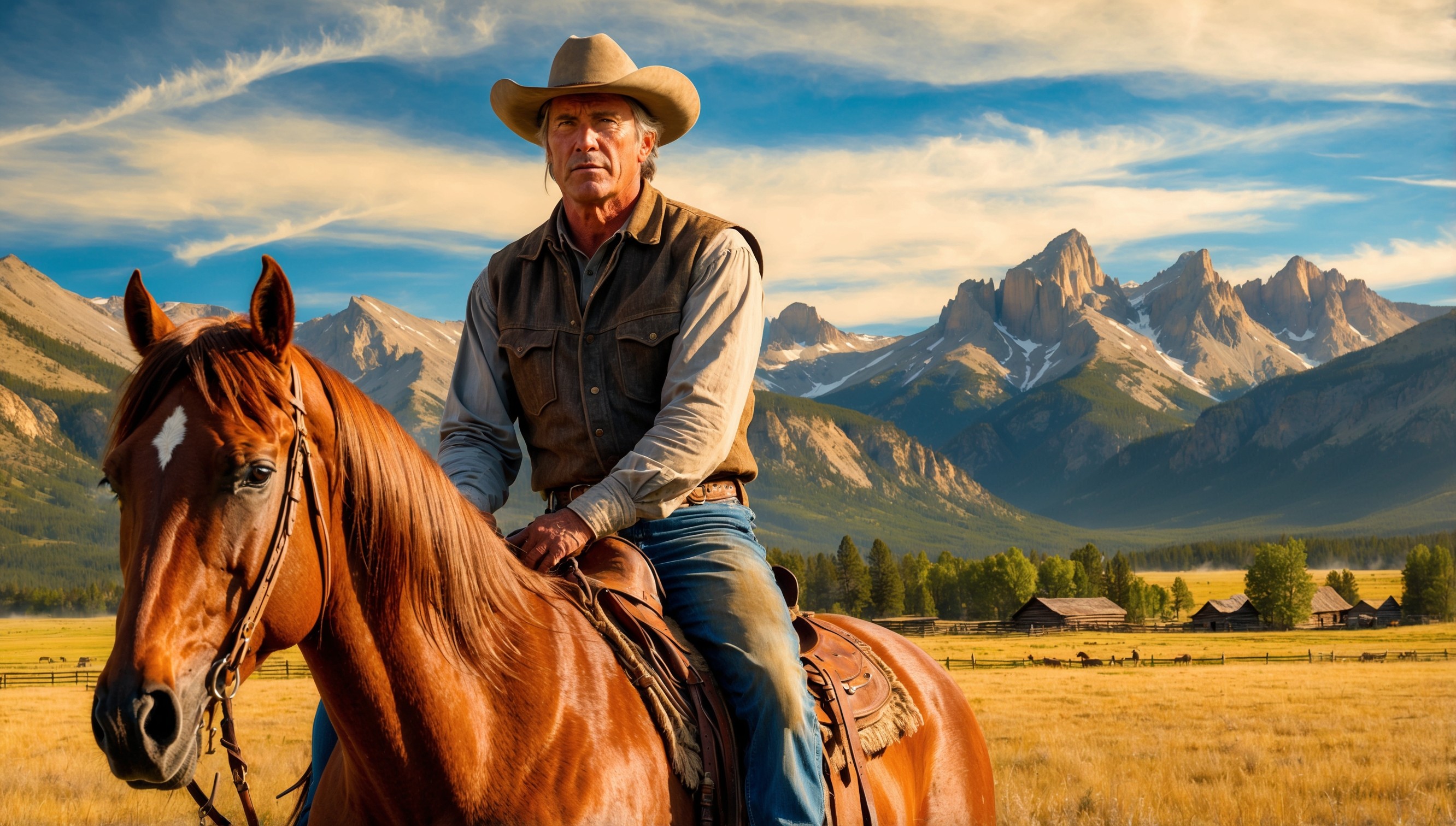
As Yellowstone continues to unfold its storylines, it poses a question about Hollywood's responsibility in representing diverse narratives. The show highlights the urgency for nuanced portrayals that delve deeper into history, striving for a balance between drama and accuracy.
In a larger context, Yellowstone exemplifies how media can impact societal perceptions and is a testament to the need for ongoing conversations about representation, authenticity, and the historical narratives that shape contemporary America.
